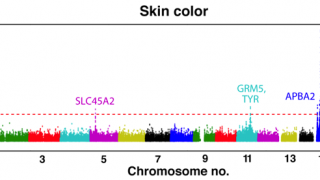
Intelligence: a mishmash of genetic ingredients
Like father like son. We have all heard it one time or another. The layman explanation to hereditary characters. Whether the cause is genetic inheritance or the effect of growing up in a certain environment, is quite something else. When talking about the origin of intelligence, there are always discussions. Even though there is undoubtedly […]








